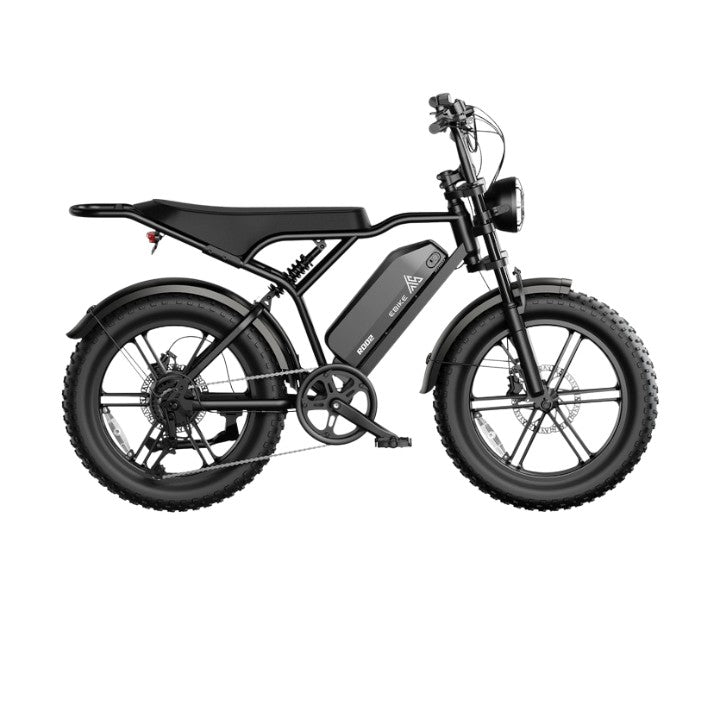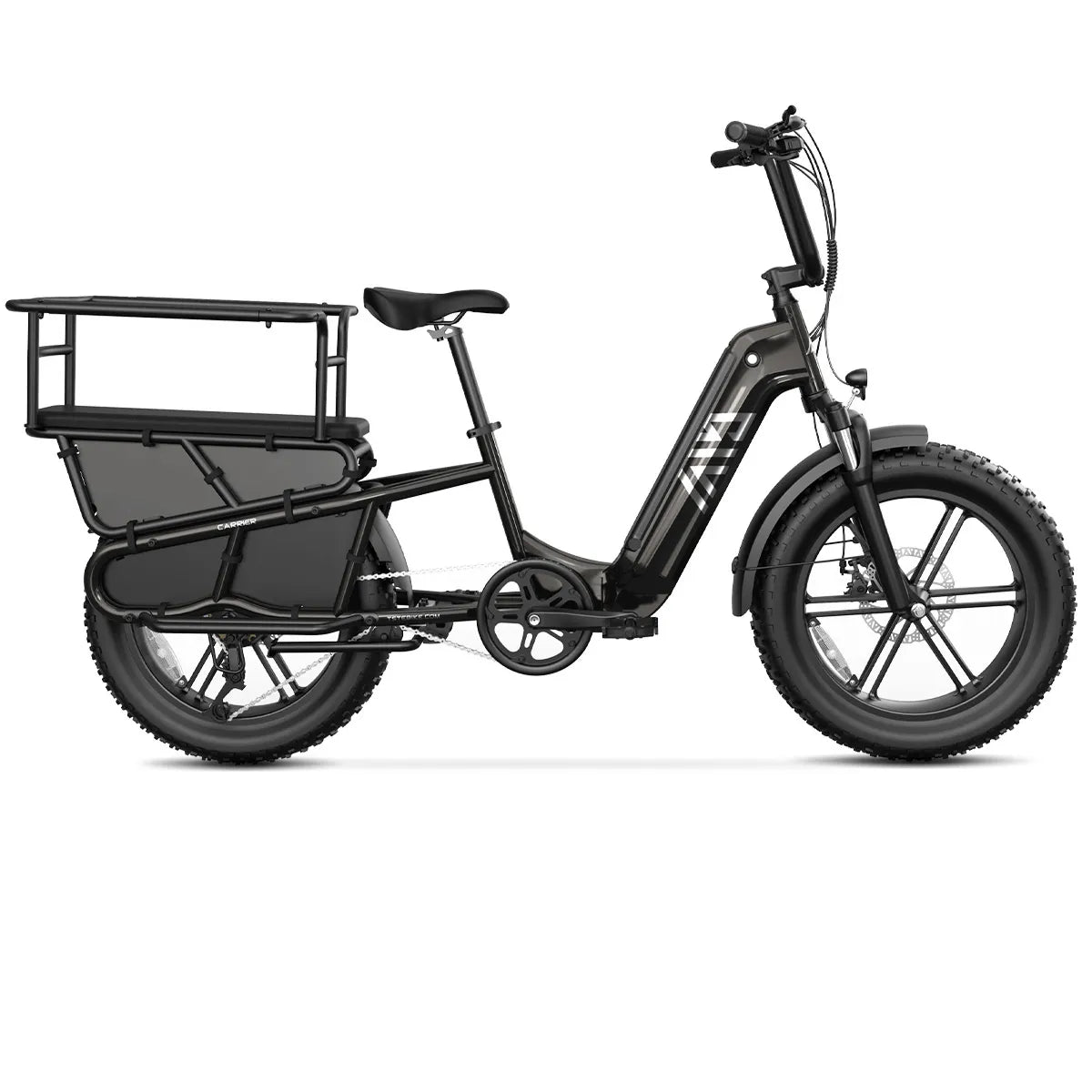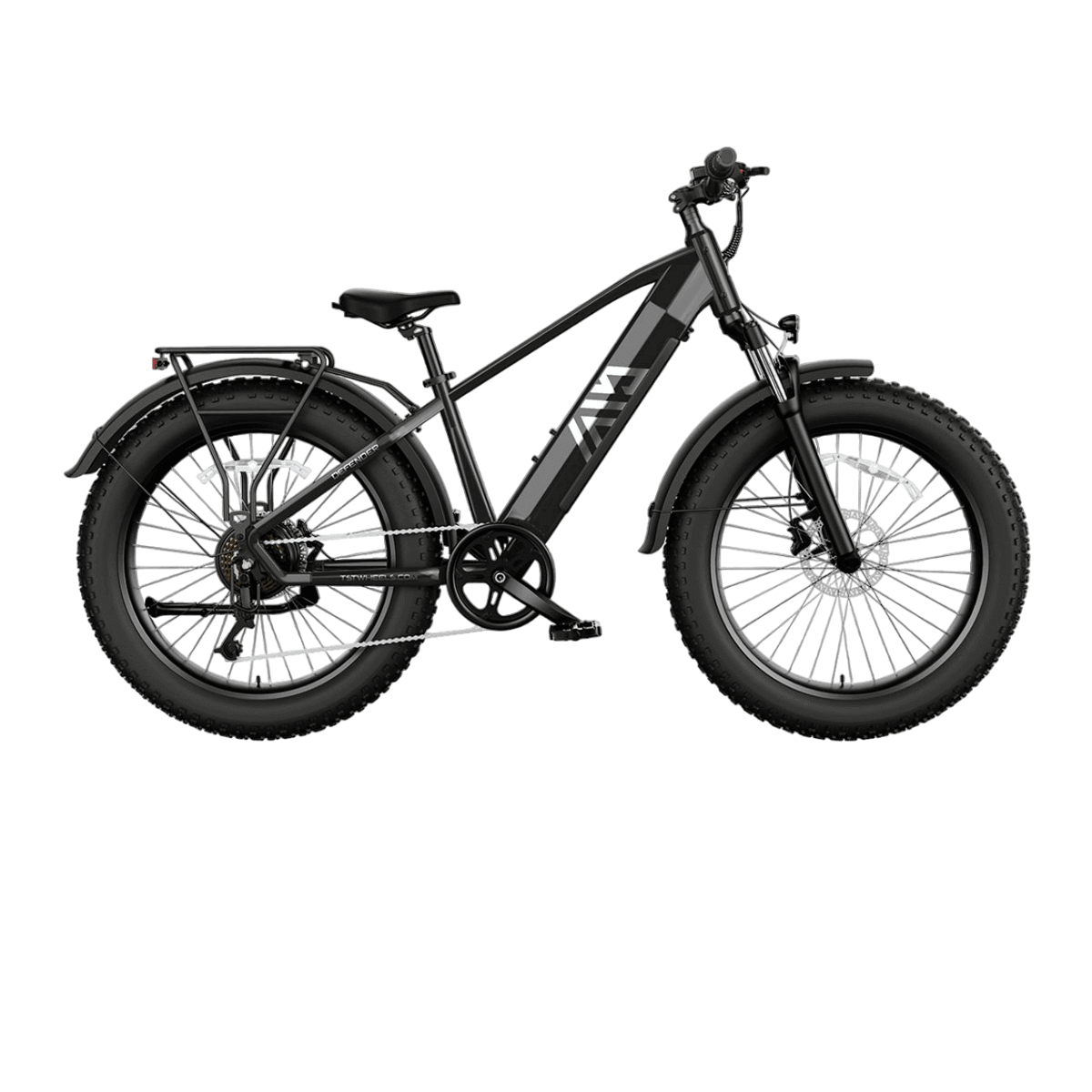Electric range refers to the total distance an electric bike (or other electric vehicle) can travel on a single full charge of its battery before needing to be recharged. This figure represents how far you can ride relying on the electric motor’s assistance without depleting the battery. The electric range is a critical specification for riders to consider to ensure the e-bike meets their commuting, recreational, or cargo needs.
What Factors Determine Electric Range?
Several mechanical, environmental, and user-related factors influence the electric range of an e-bike:
- Battery Capacity: Measured in watt-hours (Wh), this is the total energy the battery can store. Larger capacity batteries (e.g., 500Wh to 1000Wh) provide longer ranges.
- Motor Power and Usage: Higher motor power or frequently using throttle reduces range. Pedal assist modes extend range by sharing effort.
- Rider and Cargo Weight: Increased weight demands more energy to move, reducing the distance achievable on one charge.
- Terrain and Elevation: Riding on hills or rough terrain consumes more battery power than flat, smooth surfaces.
- Riding Speed: Faster speeds increase energy consumption due to wind resistance and motor strain.
- Tire Type and Pressure: Wider or underinflated tires cause more rolling resistance, decreasing efficiency.
- Weather Conditions: Wind, temperature, and wet roads affect battery performance and energy use.
- Battery Age and Health: Battery capacity degrades over time and with use, shortening real-world range.
- Rider Effort: More pedaling from the rider reduces the battery load, increasing electric range.
How Is Electric Range Measured?
Electric range is commonly measured in real-world or lab conditions, often expressed in miles or kilometers. Manufacturers typically state a maximum range under ideal conditions—flat terrain, moderate speed, ideal weight, and efficient riding. Actual range differs based on the above factors. Typical real-world e-bike range is between 20 to 60 miles, but some models with larger batteries and efficient motors can exceed 80 to 100 miles on a single charge.
Why Does Pedaling Impact Electric Range?
Pedaling along with the motor lessens the load on the battery and motor, thereby extending range. Using pedal assist modes intelligently—such as riding in lower assist levels and shifting gears appropriately—optimizes power usage. Conversely, relying heavily on throttle or high assist levels drains the battery faster, shortening the electric range.
Which Battery Specifications Affect Range the Most?
- Watt-hours (Wh): The product of battery voltage (V) and amp-hours (Ah), Wh directly indicates energy capacity.
- Voltage (V): Higher voltage can improve efficiency and power delivery.
- Amp-hours (Ah): Reflects how much charge the battery can hold.
A 500Wh battery can theoretically deliver 500 watts for one hour, or a lower wattage for longer, thus covering more distance depending on power usage.
How Does Terrain Influence Your Electric Range?
Climbing hills or riding on uneven surfaces demands higher power output from the motor, reducing range as more battery energy is consumed per mile. Gravel, sand, mud, and snow increase rolling resistance, while flat, paved roads/tarmacs consume the least battery energy.
What Practical Tips Help Maximize Electric Range?
- Maintain proper tire pressure for low rolling resistance.
- Ride at moderate speeds; avoid aggressive acceleration.
- Use pedal assist instead of throttle where possible.
- Keep the bike and battery well maintained.
- Minimize the load by carrying only essential cargo.
- Plan routes avoiding steep climbs or rough terrain where feasible.
- Charge battery fully before rides and avoid deep battery depletion.
Buying Tips for Maximizing Electric Range
When buying an electric bike, consider models with high-capacity batteries (at least 500Wh) and efficient motors calibrated for your typical riding terrain and load. Look for bikes with multiple pedal assist levels and reliable battery management systems. Choose tires that complement your ride environment and maintain them well. Check manufacturer range claims carefully and seek real-user reviews. HOVSCO focuses on balancing motor power and battery capacity to optimize practical electric range for various riding styles.
TST EBike Expert Views
“Electric range is a cornerstone specification that directly impacts rider confidence and usability. At TST EBike, we prioritize battery technology and motor efficiency paired with rider education on usage to maximize range. Understanding the myriad factors affecting range empowers riders to get the most out of their electric bikes, enabling longer, more enjoyable rides with fewer recharge concerns.” – TST EBike Engineering Team
Frequently Asked Questions About Electric Range
What is a typical electric bike range on a single charge?
Ranges mostly fall between 20 and 60 miles depending on battery size, riding conditions, and power usage.
How does riding style affect electric range?
Less throttle use and more pedaling assist increase electric range by reducing battery load.
Can weather conditions shorten my electric range?
Yes, wind resistance, cold temperatures, and wet surfaces often reduce battery efficiency and range.
Does electric range degrade over time?
Battery capacity declines slightly with charge cycles, gradually reducing range after hundreds of uses.
Are manufacturer range claims accurate?
They represent ideal conditions; actual range usually varies due to terrain, rider weight, and riding habits.





Leave a comment
This site is protected by hCaptcha and the hCaptcha Privacy Policy and Terms of Service apply.